This article is unlocked
If you enjoy this article, consider subscribing to gain access to weekly reports on Ecuador’s economics, politics, crime and more.
The new set of restrictions are part of what the Cantonal COE has been asking for from the national government. After a meeting last week between the Cantonal COE and representatives of the National COE, two adjustments have been made to Cuenca’s current restrictions.
Effective from July 23, 2020, the curfew in Cuenca has been pushed back to 9:00PM to 5:00AM (it had been 11:00PM to 5:00AM). Also, gatherings of more than 25 people are no longer allowed.
The reasons for these changes are reflective of the poor behavior of a segment of the population. The COE believes that the higher contagion rates being seeing the city are related to violations in travel (i.e., driving on days not associated with the license plate designation), excessive crowds forming at night in some parts of the city, and late night alcohol use which is causing a breakdown in social distancing.
Related to the latter, the city did have its request to prohibit alcohol sales after 7:00PM rejected by the National COE. This was in part due to complaints from restaurant and bar owners who lobbied the federal government on the issue.
Although the “dry law” was not approved, the ordinance that prohibits drinking in public spaces is still in force, so those who consume liquor in public spaces will be punished with a fine of up to $100. Restaurants and bars may sell drinks such as beer or wine in moderation, but only as an accompaniment to meals. Stores are prohibited from selling liquor for consumption on their premises.
Cuenca’s Mayor, Pedro Palacios, hopes that the extension of the curfew will help reduce infections in the city.
Palacios explained that the figures of the Cantonal COE show that between morning and afternoon, 10% of people in public spaces do not wear a mask, a figure that rises to 25% after 9:00PM. Also, the lack of social distancing goes from 30% to 60% at night, which increases the risk of contagion.
Cantonal COE and National COE reach consensus
In last week’s meeting, the Cantonal COE was joined by the Secretary of Risks, Rommel Salazar and the Minister of Economic and Social Inclusion, Iván Granda. The two groups analyzed the situation in the city with the aim of reaching new regulations for Cuenca due to the increase in spread of the coronavirus.
Minister Granda explained the work that the Government has carried out in Cuenca, such as the expansion of the Intensive Care Units from 17 to 51, the delivery of supplies and medicines to hospitals, and the assistance with extra health care professional staffing to attend to the emergency.
“Many things have been achieved, but this is of no use if there is no citizen commitment. Today we have the health system at the limit due to the lack of social discipline, for not respecting the restriction measures, the mandatory use of a mask and for meeting, going out to play sports and participating in parties or social gatherings that are not allowed,” said Granda.
Granda also said that citizens who break the rules will not be excused. “The health system is at the limit, but in good condition. But if we do not have shared responsibility, we will have serious consequences in the city,” he said.
“Citizens cannot lower their guard, we are at the limit. Today we make joint decisions, in an articulated manner with the Mayor and council members of the Cantonal COE,” he said.
For his part, Rommel Salazar, indicated that no health system, neither the Government nor the Municipalities, will serve without the support of the citizens; he called for responsibility between each one.
According to ECU-911 data, since the start of the pandemic, at least 173 people in Cuenca have broken the epidemiological fence and left their homes despite the danger of infecting other people.
Reactions to the changes
While most citizens are happy to see the modifications that have been made, some groups are still not happy.
According to Martín Smetacek, a member of the Association of Bars and Restaurants in Cuenca, (ABRE), which brings together more than 30 partners and has more than 300 employees, the concern is that despite the biosecurity measures they apply, their situation hasn’t improved.
“They are putting us in bad perception before the population and it doesn’t distinguish us from the informal sector, since they are holding private meetings without measures,” he explained, saying that the curfew has a direct impact on the companies in this sector.
Another unhappy group is the Union of Cooperatives of Interprovincial Transport of Azuay Passengers (UCTIPA). Patricio Picón, President of the union said that he was concerned about the resolutions, since a reactivation of trips to other provinces was expected, after the connection to Paute and Loja. But now he said that seems unlikely.
On the other hand, some groups have called for the government to revert back to a total shutdown of the country for two weeks in order to slow the spread of COVID-19.
In a letter to Ecuadorian President Lenin Moreno, the Workers Front United, along with mayors from seven cantons and four other groups, demanded a meeting to discuss what they called the nation’s “failed attempt to stop the coronavirus.”
“It is critical that Ecuador return to a strict quarantine at least until the current surge in COVID cases declines,” the letter reads. “The government should provide free testing to everyone who wants it and monitor the result to determine if it is safe to return to YELLOW and GREEN light conditions.”
Cuenca’s health system played a role in decisions
Part of the reason the National COE agreed to let Cuenca modify its YELLOW restrictions was the current situation of the city’s health system.
The near collapse of the city’s health system due to the increase in positive cases of the coronavirus, has forced authorities to transfer patients to the Homero Castanier hospital in Azogues. Cuenca’s hospitals have run out of space in their Intensive Care Units and can no longer receive additional patients in a critical state.
“The situation is worrisome, there is a lack of co-responsibility of the citizens and in the next few days everything could get worse. People believe that the worst is over and do not take steps to avoid infection; the virus is still present and spreading to more people,” said Julio Molina, Zonal 6 Health Coordinator.
According to the latest report from the Ministry of Health, in Azuay there are 51 critically ill patients, who are part of the 2,805 cases registered in the province, of which 75 percent are in the city of Cuenca.
Meanwhile, the number of deaths within hospitals went from 1 death every 2 days, to 2 deaths every 24 hours, according to official figures from the Ministry of Public Health.
Molina, said that the city is preparing for a quite dramatic scenario, but suggests that in order for this to not happen, attention is being strengthened in triage, home visits, community containment and improvements in the hospitals of Morona Santiago, to avoid referrals to Cuenca.
New levels of enforcement are launched
In addition to the implementation of the newly approved tighter restrictions, Cuenca will be the pilot city for a “Contact Tracking” georeferencing tool to follow up on COVID-19 cases. This application will allow tracking of active cases for better control.
According to the Zonal Coordinator 6 of the ECU911, Alfredo Medina, Cuenca will also be going live on the “Distance2” system in the next few days. The system will utilize the city’s camera surveillance system to identify trouble spots where crowds are gathering.
“Once a problem spot is identified, through this system, speakers will notify the crowd that it needs to disperse. It will also contact the authorities if intervention is necessary,” he explained.
The city has will also begin sanctioning more individuals who are breaking curfew, not wearing a mask, or drinking in public. Both fines and jail time could be in store for people who disrespect the city’s health emergency restrictions. The fine for not wearing a mask in public is $100.
Drivers who break the mobility rules have been feeling the pain in their wallets and on their driving records. According to statistics from the Public Company for Mobility, Traffic and Transport (EMOV), from March to July 21, in the Cuenca canton 8,936 citations were issued to drivers and 3,160 motor vehicles were detained for breaking the vehicle restrictions and for misuse of the safe-conduct.
For most the sanction was a $200 fine, and the reduction of nine points on their driver’s license—and for many, they also had to watch as their car was towed away.

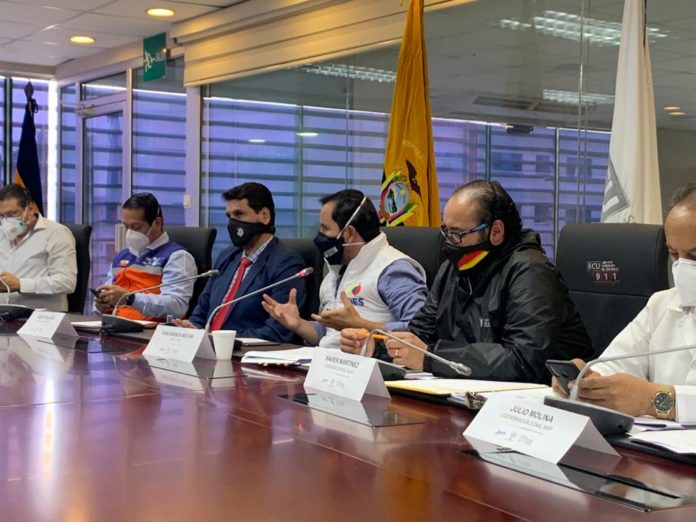
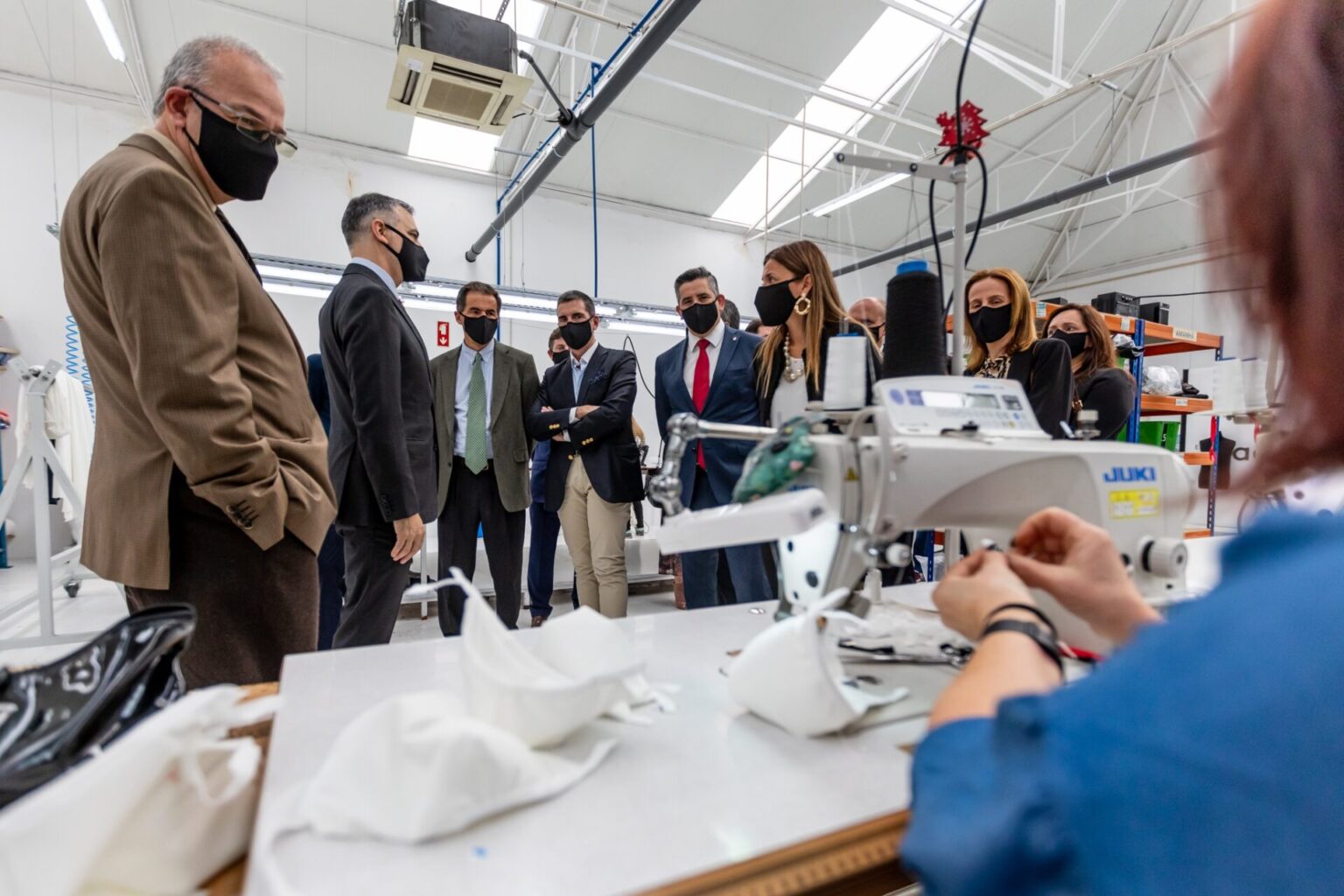
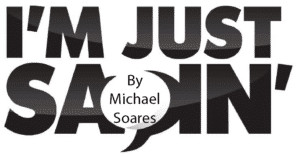
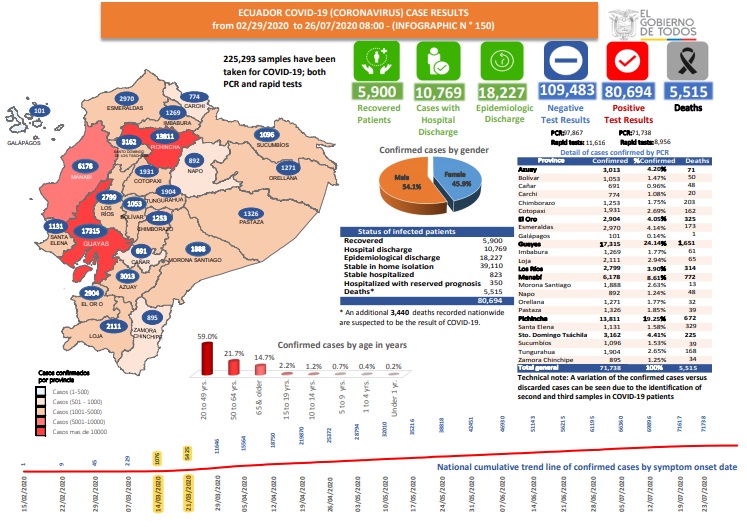
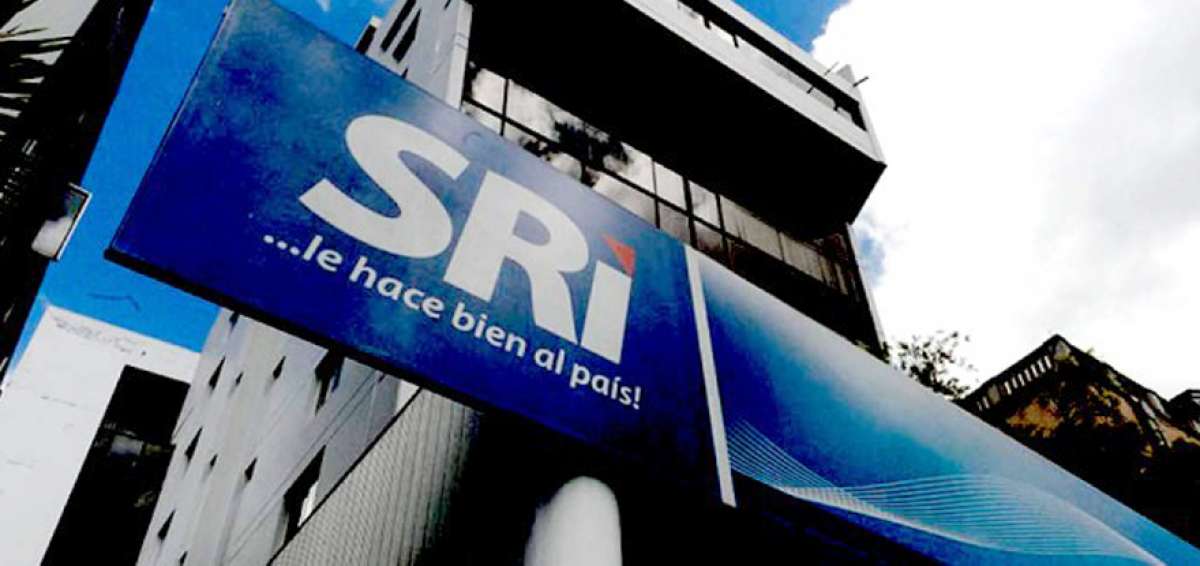
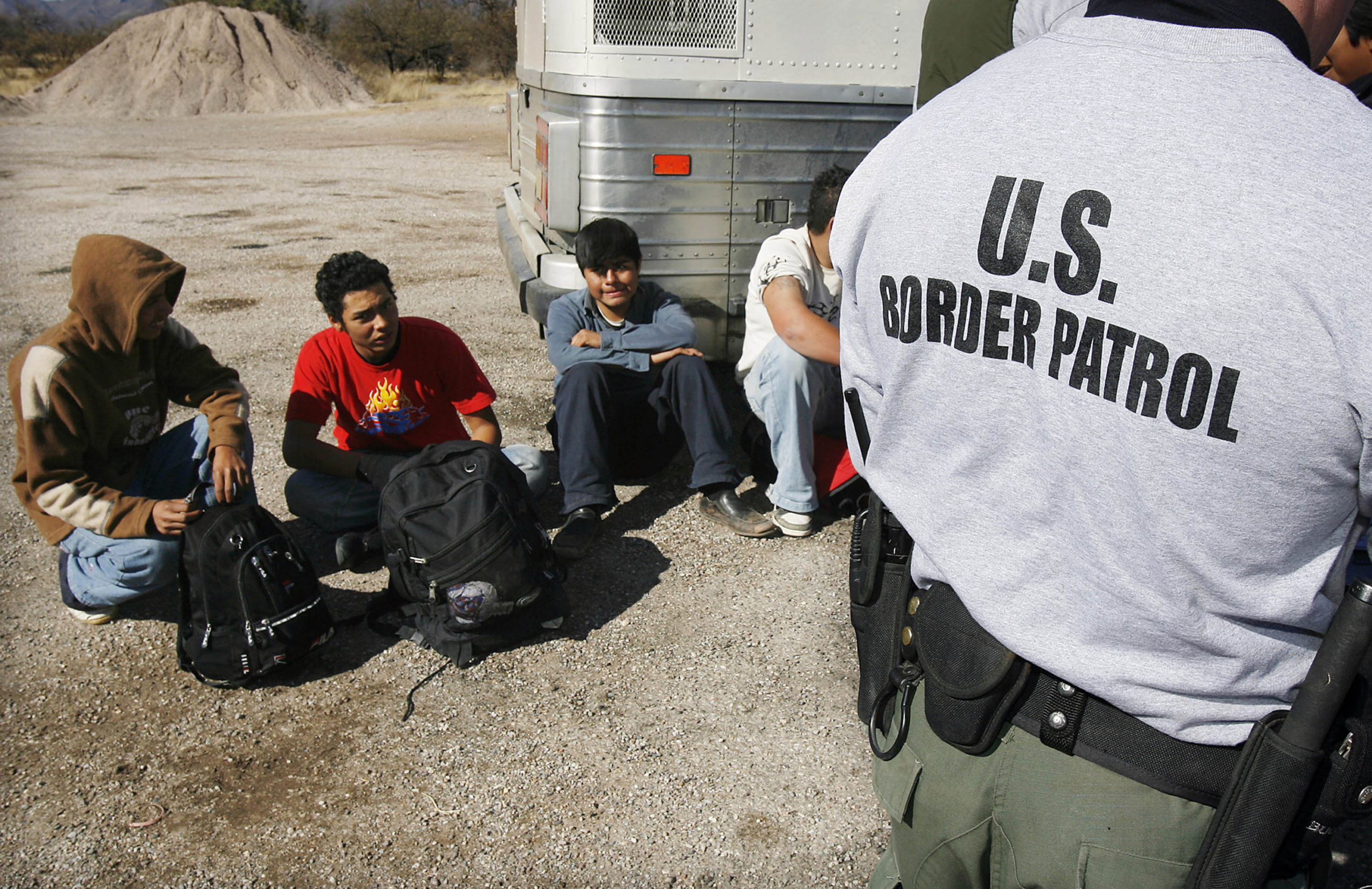
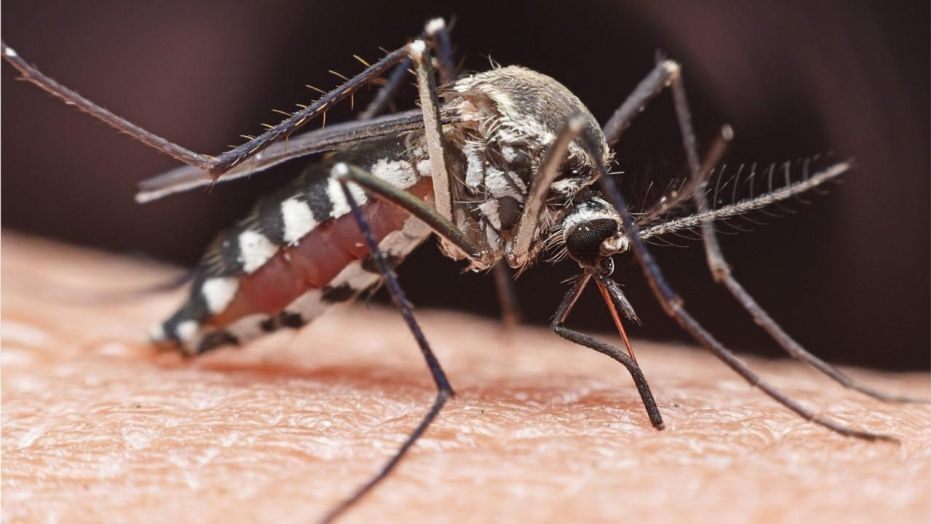
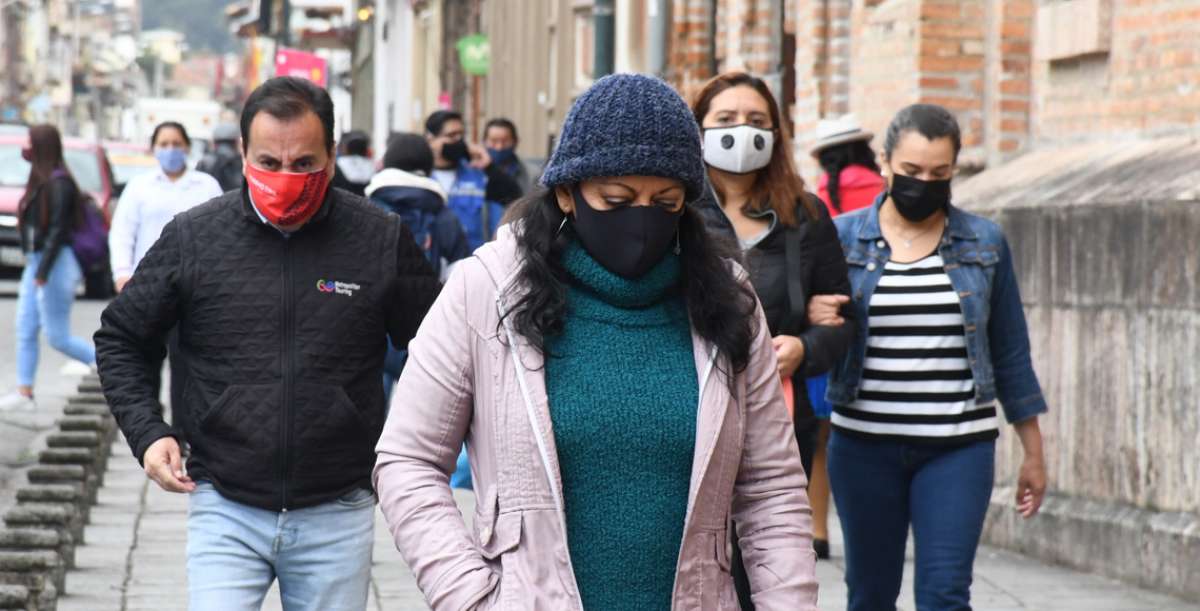
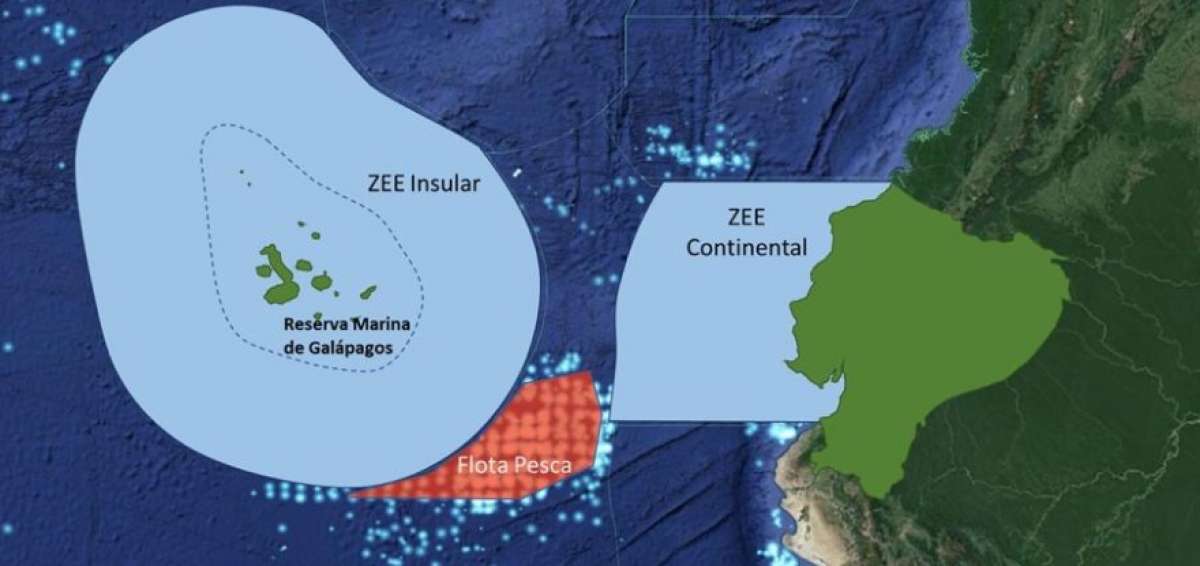
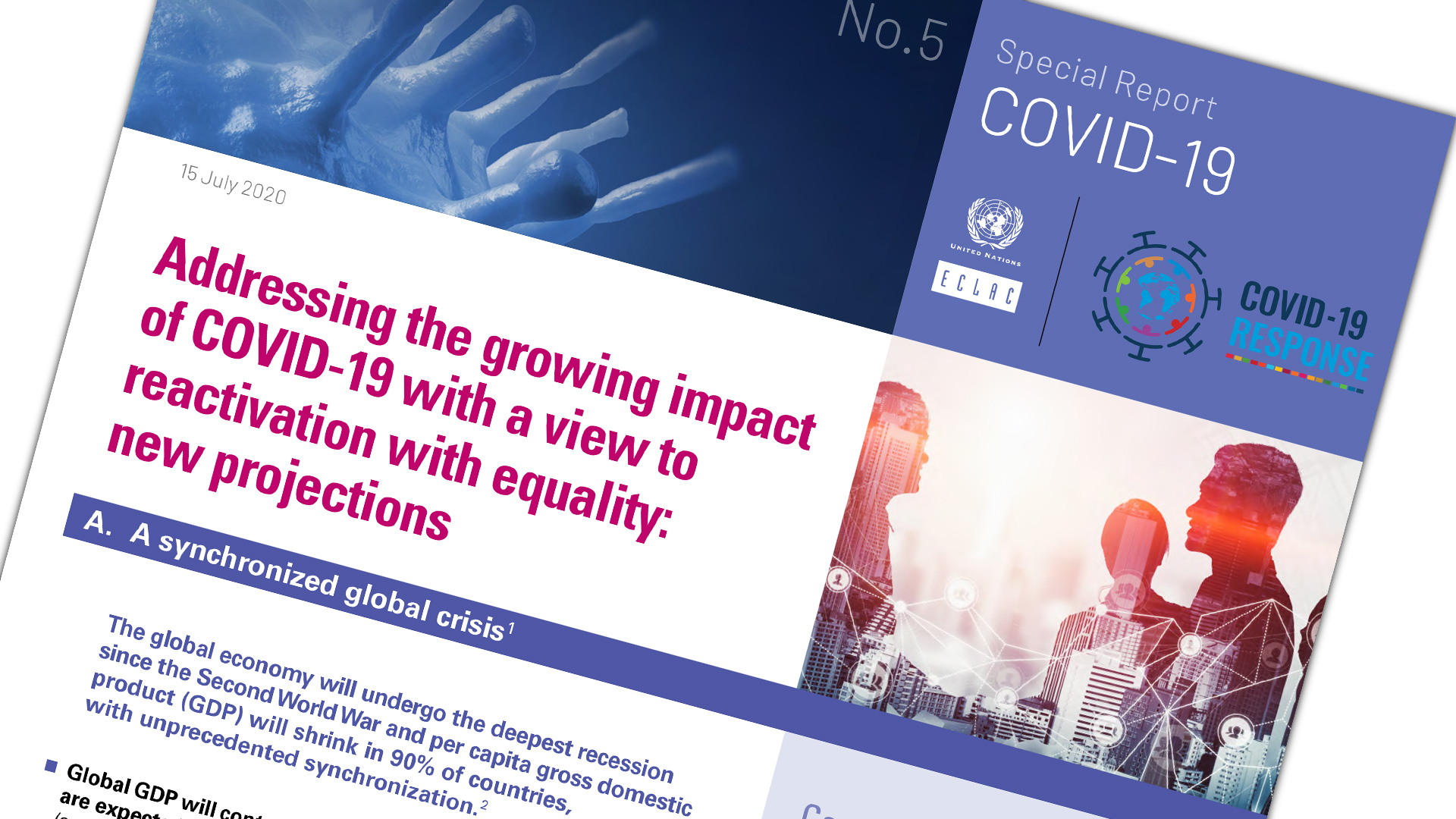
0 Comments